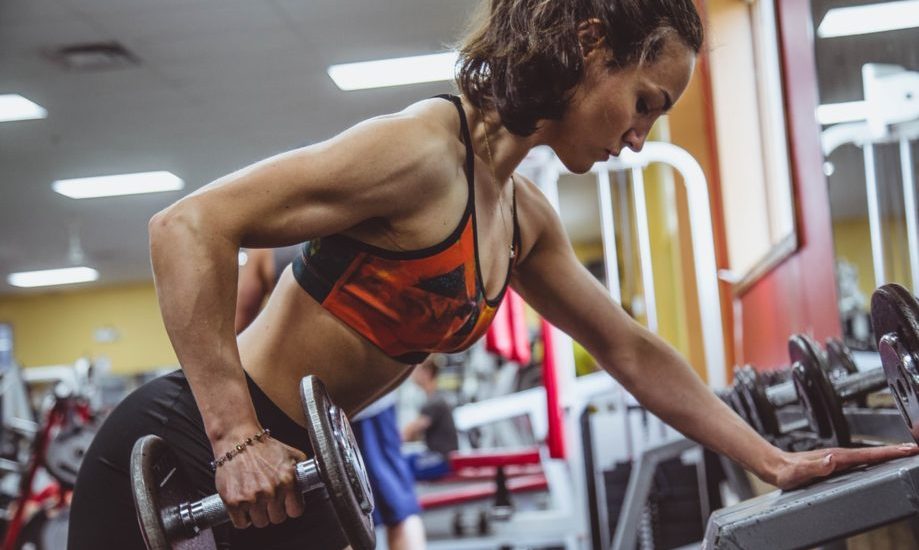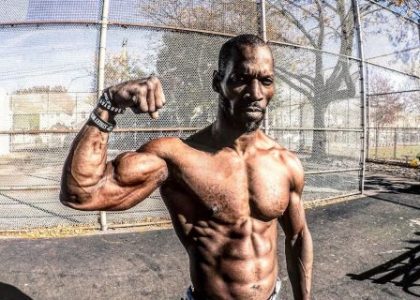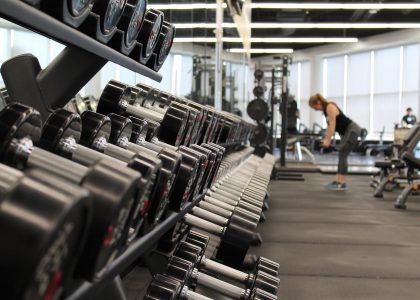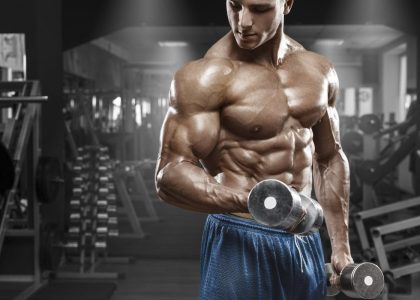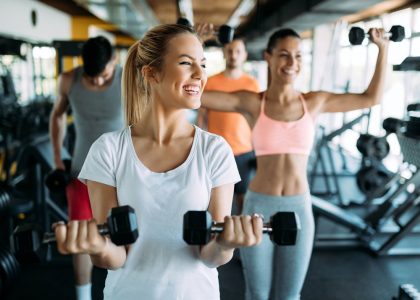In this article we present some of the movements you can perform at home to identify possible deficiencies or imbalances and how to improve them through this Mobility Test of both the Lower and Upper part of the body.
One of the actions that every coach performs with their athletes before starting any training plan is a functional assessment .
A series of tests, visualization and analysis of movements to be able to identify how the athlete is doing , if there are imbalances and thus have a starting point.
There are numerous tests and exercises designed to analyze different things: ranges of motion, cardiovascular capacity, lower body power, flexibility etc…
It could be said that all athletes present a series of squ ilibri, or points for improvement. However, the vast majority of the time it is difficult to evaluate ourselves.
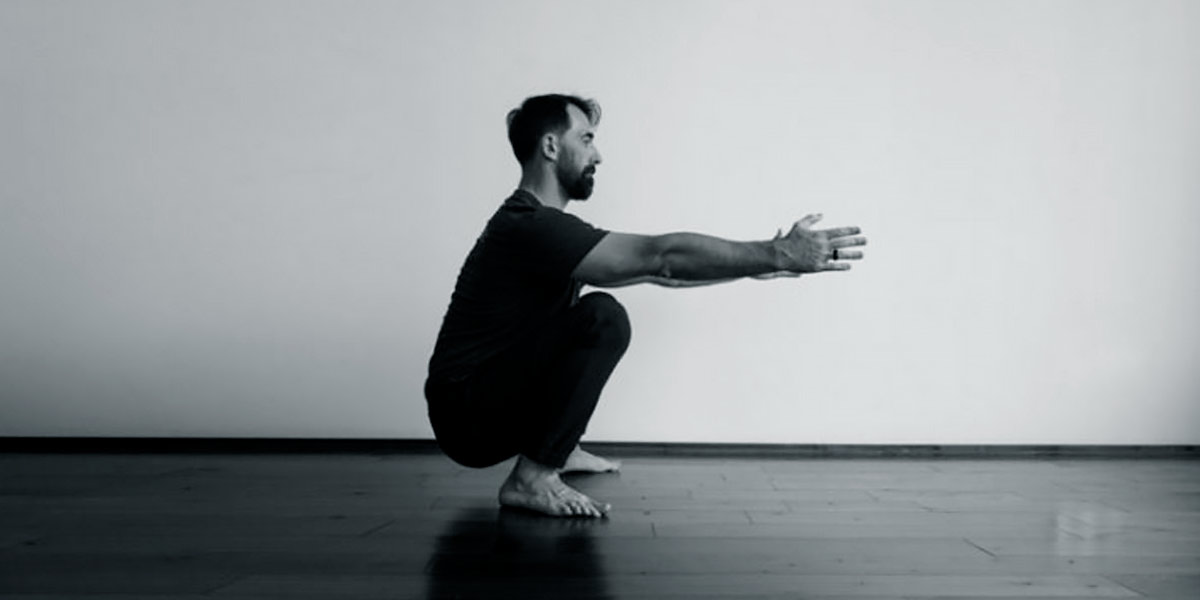
The better we move, the more functional our body is, the lower the risk of injury.
Where to start
Coaches analyze many moves and poses that provide a lot of information about the athlete.
From the way you walk, posture in a resting position, to other slightly more complex movements.
In addition to developing a evaluation questionnaire that allows us to know the history of the subject, the history of injuries …
All these data are relevant because they allow the development of a training program according to the athlete based on the previous correction of any movement pattern incorrect.
Why Perform the Mobility Test?
I’m sure that, faced with certain unilateral exercises , for example, you feel big differences between one side and the other and you don’t know why;
You could have a good training plan but suffer from recurring discomfort in some parts of the body …
Due to excess or lack of activity, over time, the body and its structures may stop working as they should.
This is where those imbalances come into play that make us more prone to suffer injury, discomfort and prevent us from moving naturally .
In in any case, don’t forget that the ideal is that you are a qualified personal trainer able to enhance a large battery of evaluation exercises one and show you the corrective exercises for your training program.
Lower-Limb Movement Test
Despite the fact that the squat is the functional movement par excellence , there is a lot of data that gives us its evaluation.
You can start by trying to do a deep squat, with your arms extended and parallel to the ground, or stretched over the head (more complex).
How to run the test
- Stay stand with feet shoulder-width apart and feet pointing forward.
- Raise your arms above your head with your elbows fully extended.
- Do the flexion, until you reach the maximum depth allowed by your body without lifting your heels off the ground.
- Do several repetitions while observing what is produced and you can write the observations.
The key points of the kinetic chain to check are: feet , ankles, knees, lumbo-pelvic complex of the pelvis and shoulders.
Points to observe
- Position of the feet , support for the toes, are they fully supported?
- Position of the knees during the descent, protrude inwards / out?
- Does the pelvis go down or is there discomfort and can’t go down completely?
- The heels go up in the lowering phase?
- Does the body fall forward?
What do we observe?
Elevation of the Heels
This may be due to the stiffness of the calf muscles and the weakness of the tibialis anterior and the middle and gluteus maximus .
Knees
If the knees:
- Protrude inwards it may be due to a lack of flexibility and mobility in the groin area and anterior weakness of the middle buttock and tibial or instability of the ankle.
- Protruding outwards is a signal to look for an overactive piriformis, glute minimus and fascia lata tensor with a weak or indolent adductor complex .
We explain what the valgus knee and why it occurs . Visit this link.
Leaning forward
Arms falling forward can be a sign of tension across the muscles: the calf, hip flexors, abdominal muscles, dorsal and pectoralis major muscle with anterior tibialis weakness, erector spines, core stabilizers and posterior superior chain.
Learn more about ankle dorsiflexion and how to improve it .
Asymmetrical weight shift
Identifies many of the same forward tilt observations, except that the adductor complex may be narrower (hyperactive) on the same side of the move and the opposite side of the move may show a weakness.
These are some of the observations that may occur. How to correct these discrepancies? Identifying these deficiencies is already a good start; so we should add a series of corrective exercises to improve movement and patterns.
Some Correction Exercises
- Auto-myofascial release : Uses a foam roller on the calf, plantar fascia and back muscles to relieve tension.
- Exercises to the strength of the feet and ankles with resistance band: push-ups, extensions and rotations.
- Ankle mobility exercises .
- “Monster Walk” with a mini band to activate the gluteus medius.
- Exercises for pelvic mobility.
Movement Test Upper-Limbs
Although in the deep squat with the arms extended above the head mobility can be observed of the spine and shoulders, there are other movements in which we can discover how mobile is our shoulder girdle.
Poor mobility of our shoulders and shoulder girdle will prevent them from being able to properly perform exercises with their arms above their heads, throws, water sports such as swimming, etc …
As with the lower limbs, there are many exercises and movements to evaluate the upper body as well: from doing the plank, quadrupedal position.
But the one I work with the most is showing the big dorsal and postural deficiencies are the sliding of the arms on the wall .
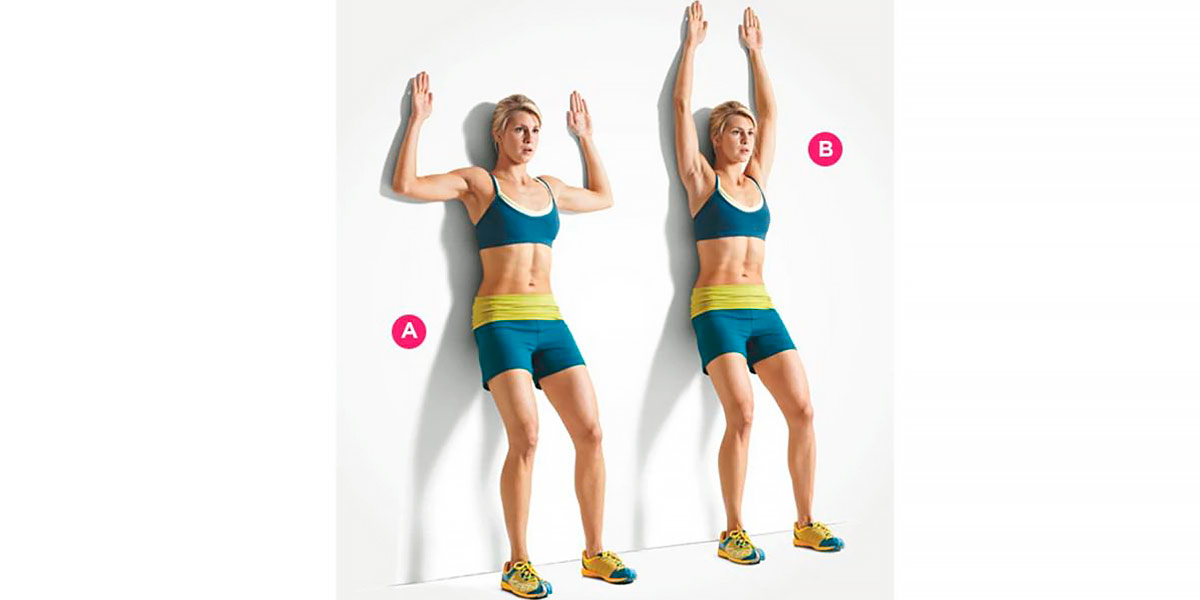
Com and run the test
- Starting position: sitting with your back against a wall, legs extended with toes up and pelvis close to the wall.
- Place your arms in a 90 ° position fully against the wall.
- From this position , trying not to lose contact of the arm, forearm and hand with the wall, we will slide the arms trying to stretch them over the head .
At first glance it looks like an exercise very simple, yet a large percentage of people and athletes I work with have real difficulties doing it correctly.
What can we observe?
- Does the elbow move away from the wall when you extend your arms?
- TheCan arms extend fully overhead while maintaining correct shape?
- Are your hands in contact with the wall?
The limitations in the strength and mobility of shoulders are common and complex in nature. Shoulder corrective measures are considered both preventive and rehabilitative.
overactive pecs can cause forward stretching or rounding of the shoulder. shoulders and reduce recruitment.
Weakening of the shoulder stabilizer muscles , as well as the middle and lower trapezius muscles, can leave the shoulder vulnerable to injury.
Tips for Performing the Movements
- Perform the exercises completely barefoot .
- You can record each of the movements from different planes for later observation.
- Do a short warm-up with some dynamic stretching before starting.
When to perform these Movements?
- From the point of view of health: to regain functionality and correct posture and activation of muscle groups.
- From the point of view of performance: to improve the execution of the exercises and therefore continue to increase their intensity.


